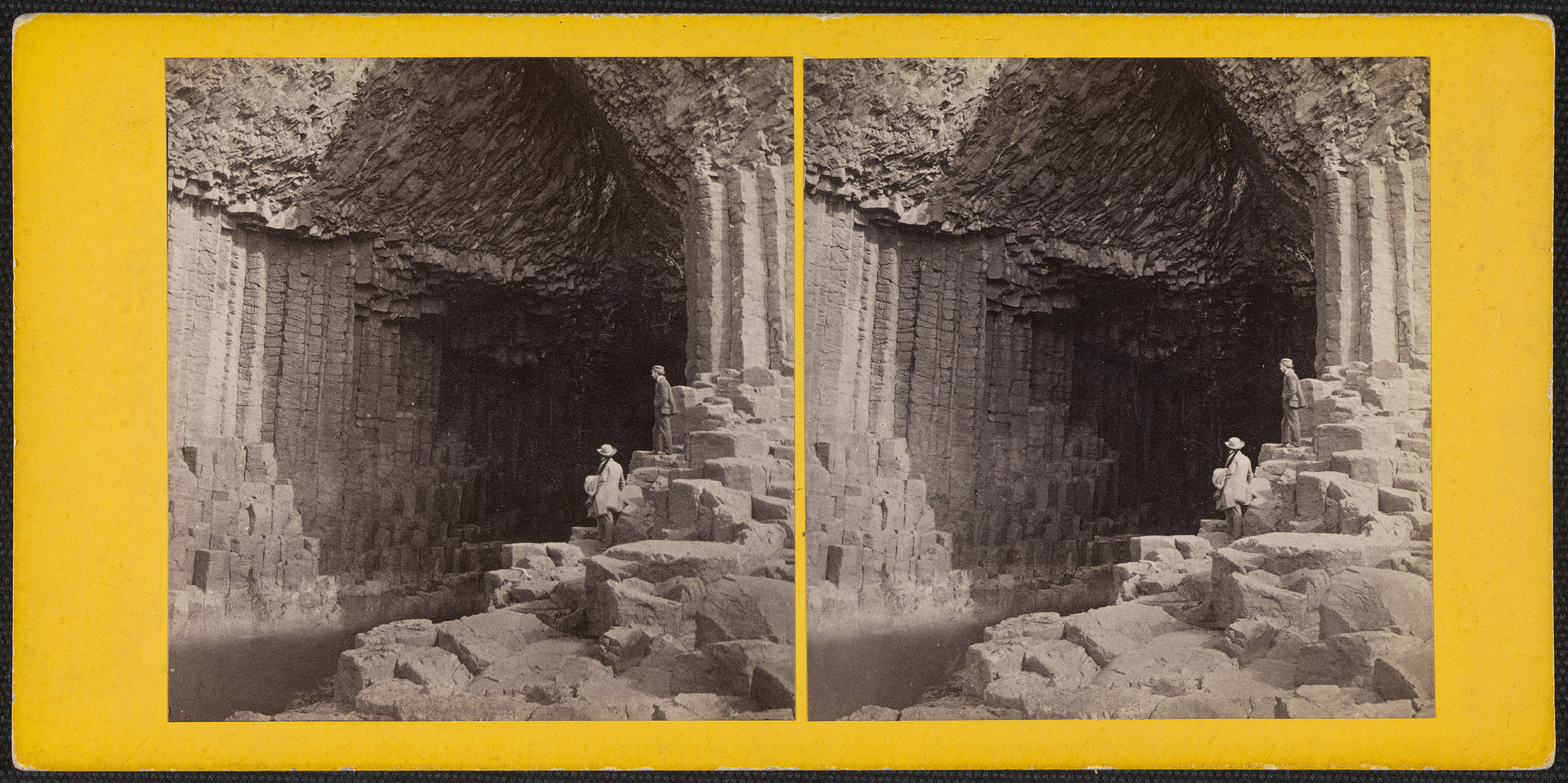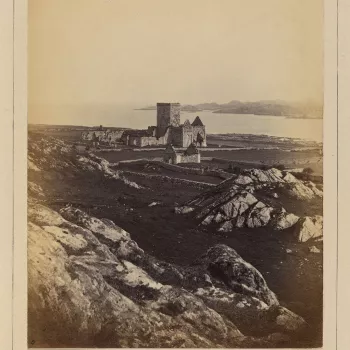The wildest districts of Scotland
Some of the first photographic souvenirs of Scotland by George Washington Wilson

Any Briton, while he has not seen the Scottish West Coast, ought at least to be hanged, drawn, and quartered for high treason to his country, whatever else he might be sentenced to
George Washington Wilson (1823–93) was one of Scotland’s most successful photographers of the 19th century. Wilson was among many artists drawn to the Scottish west coast from his native Aberdeenshire. Having trained as an artist, Wilson began taking photographs in 1852. At the time Scotland was in its formative years as a tourist destination. Wilson anticipated demand for his photographs from the increasing influx of visitors to Scotland and photographed views that the public would recognise by referring to contemporary tourist guidebooks. Wilson’s photographs were some of the first photographic souvenirs purchased by visitors to Scotland and he made sure that they were within easy reach of the sites tourists frequented, including towns, railway stations and hotels.
The west coast of Scotland and the Inner Hebrides lay claim to some of the most beautiful scenery in the world. Queen Victoria was in no small part responsible for generating interest in the area. During a visit there in August 1847, she wrote:
the Western Lochs and Isles are so beautiful, - and so full of poetry and romance, traditions, and historical associations
Queen Victoria, Leaves from the Journal of Our Life in the Highlands
As early as 1858, Wilson undertook a photographic trip to the west coast of Scotland. These early views were taken as stereoscopic photographs that gave a three-dimensional effect. Wilson returned to the west coast and Inner Hebrides in 1860 and again in 1861 to refresh and replenish his stock of negatives in response to the ever-growing demand for his photographs.
Read on to explore five of the locations that Wilson photographed on the west coast and Inner Hebrides: Oban, Tobermory, Iona, Staffa and the Isle of Skye. During Wilson’s 1860 photographic excursion to the Western Isles, he ventured into what George Walker referred to as the ‘wildest districts of Scotland’, and finding the accuracy of contemporary maps wanting, even suggested ways in which cartographers could improve their maps. Over time, however, the increasing number of tourists to the Western Isles meant that roads and communications improved; this in turn attracted more tourists to the area. The Western Isles were to prove popular as a subject for Wilson’s lens up until the end of his career, when he returned to photograph Oban and Skye one year prior to his retirement.












